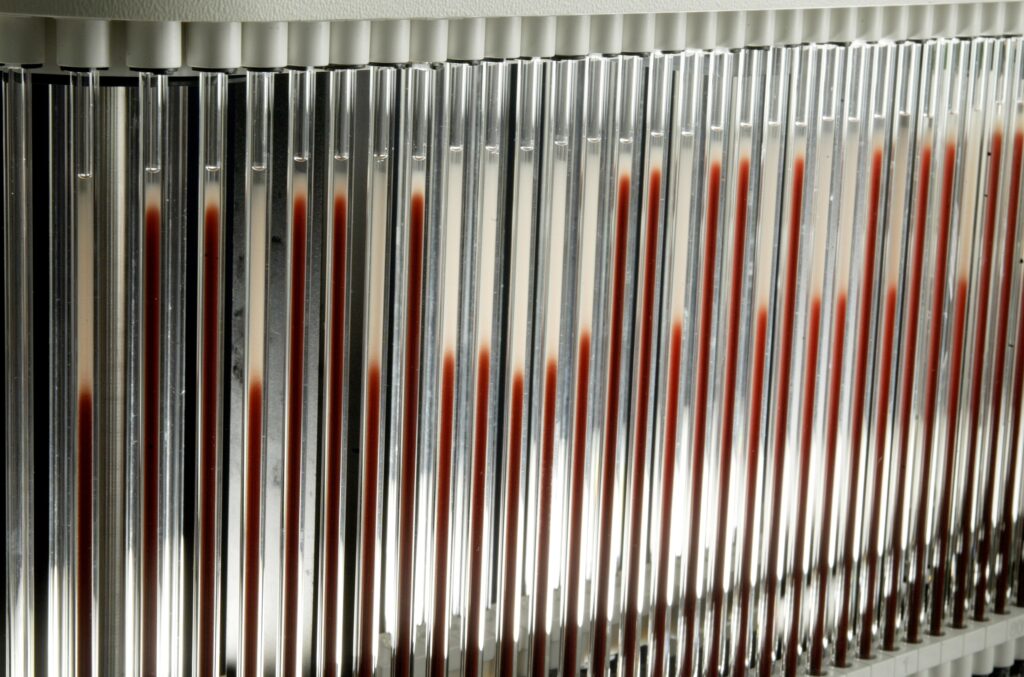Home – Westergren – Erythrocyte Sedimentation Rate (ESR)
Westergren
Westergren is the Golden Standard in measuring the ESR.

Erythrocyte Sedimentation Rate (ESR)
Westergren method
The International Council for Standardization in Hematology (ICSH) is a Non-Governmental Organization that aims to achieve reliable and reproducible results in laboratory analysis in the field of diagnostic hematology.
Over the past decades, the ICSH has reconfirmed that the Westergren method is the gold standard for ESR measurement. ICSH reaffirmed in 2017 that Westergren is standard for ESR measurements
At RRM, we believe that gold standards are the precise language for medical specialists to advance their correct diagnosis and treatment. That’s why we dedicate our efforts to develop gold standards. Applying gold standards, like Westergren, also allows labs to communicate measurements results safely when performed over different sites, like in hub and spoke networks.
The Westergren Method determines Erythocryte Sedimentation Rate after 1 hour in a vertically mounted tube of defined length (200 mm) and diameter (2,55 mm). The blood is diluted with a dedicated diluent in a 4:1 ratio.
The objective of ESR testing is to measure inflammability state. The Westergren method measures both infections related to infectious diseases and chronic inflammatory conditions.
The Westergren Method was introduced in 1921 and accepted by the International Council for Standardization in Haematology (ICSH) and the National Committee for Clinical Laboratory Standards as the reference method.